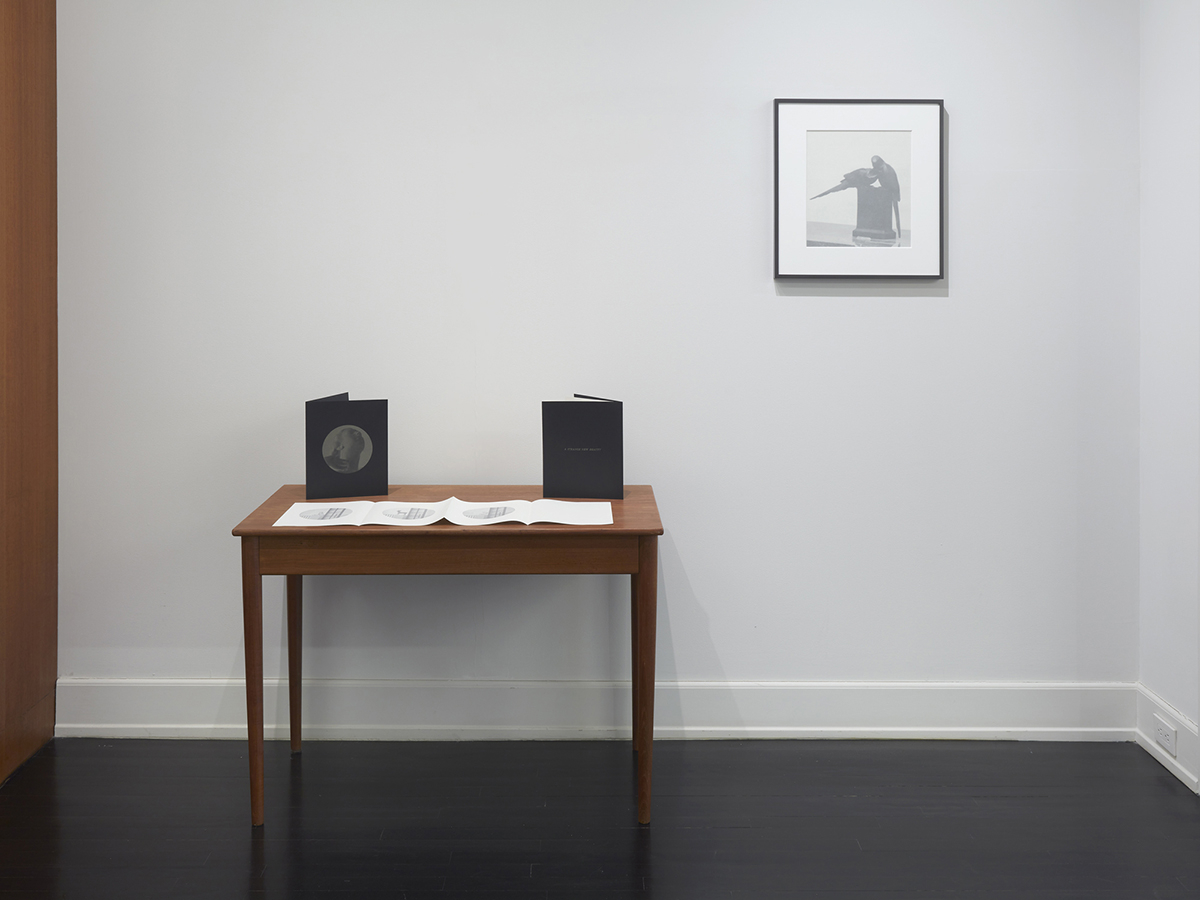
Troy Brauntuch explores the documentation of the Great German Art Exhibitions that have been compiled by GDK Research in order to expose how information can be manipulated and referenced later as truth. He accomplishes this through digital image manipulation adding elements that can reflect on our current socio-political climate. The show -- A Strange New Beauty -- is on view at the Petzel Gallery at 35 East 67th Street in New York City until March 7th.
Kathleen Cullen: You were put in the spotlight at a young age in 1977 with the Pictures show and have sustained a long career. Over the years much had been written about your work. Can you reflect on what has been written - not the positives and negatives? Has it impacted your work? How you deal with feedback and the press? Other areas of your life?
Troy Brauntuch: Usually when people have written on my work it has been critically positive, but I must say I remember the writings and critics that were not so kind the most. Many years ago, I had a review of an exhibition of mine that is memorable. One day, I visited the gallery and there was only one other person in the large space at the time. She looked like she was writing or sketching as she spent time in front of my artwork. It turns out she was reviewing my show for the NY times, an the review came out later that week. The review was void of most content but very descriptive of images that were not actually in the paintings. Things like schools of fish and swinging monkeys. Needless to say, not her favorite show.
KC: You have had a long career as a teacher. Is the way you teach different from the way the instructors you had taught?
TB: I was very close to, and am grateful for the teachers that I had in college. I think that the way that I was instructed is definitely in my DNA for my teaching. It was a very different time and my program felt much less academic than programs of today, but that’s why it was so special. It was a small community of faculty and students at Cal Arts in the early '70s when I was there, which made instruction intimate and generous. John Baldessari had an open seminar class that was the doorway to the art world of the day. My painting instructors had studios on campus and were always present for meetings and discussions. I played poker weekly with faculty and students as well as dean of the Music School, Leonid Hambro and Paul Brach, dean of the Art school. This was very cool and would not happen today.

KC: I don't know if you would agree but for most artists it's about light. Your work seems to be all about the dark (or ghost images?) What is the attraction to the palette you use?
TB: I really wanted all imagery and content to be and become very visible in this latest exhibition. I always felt during my career that if time was spent looking at my paintings, that slower and more difficult process of recognition was important to the content of the work. I specifically left glass off the framed letterpress prints so there could be no veil or refection to stop the light illuminating the metallic silver inked images. I would say light and dark co-exists equally in this exhibition as does beauty and the sublime.
